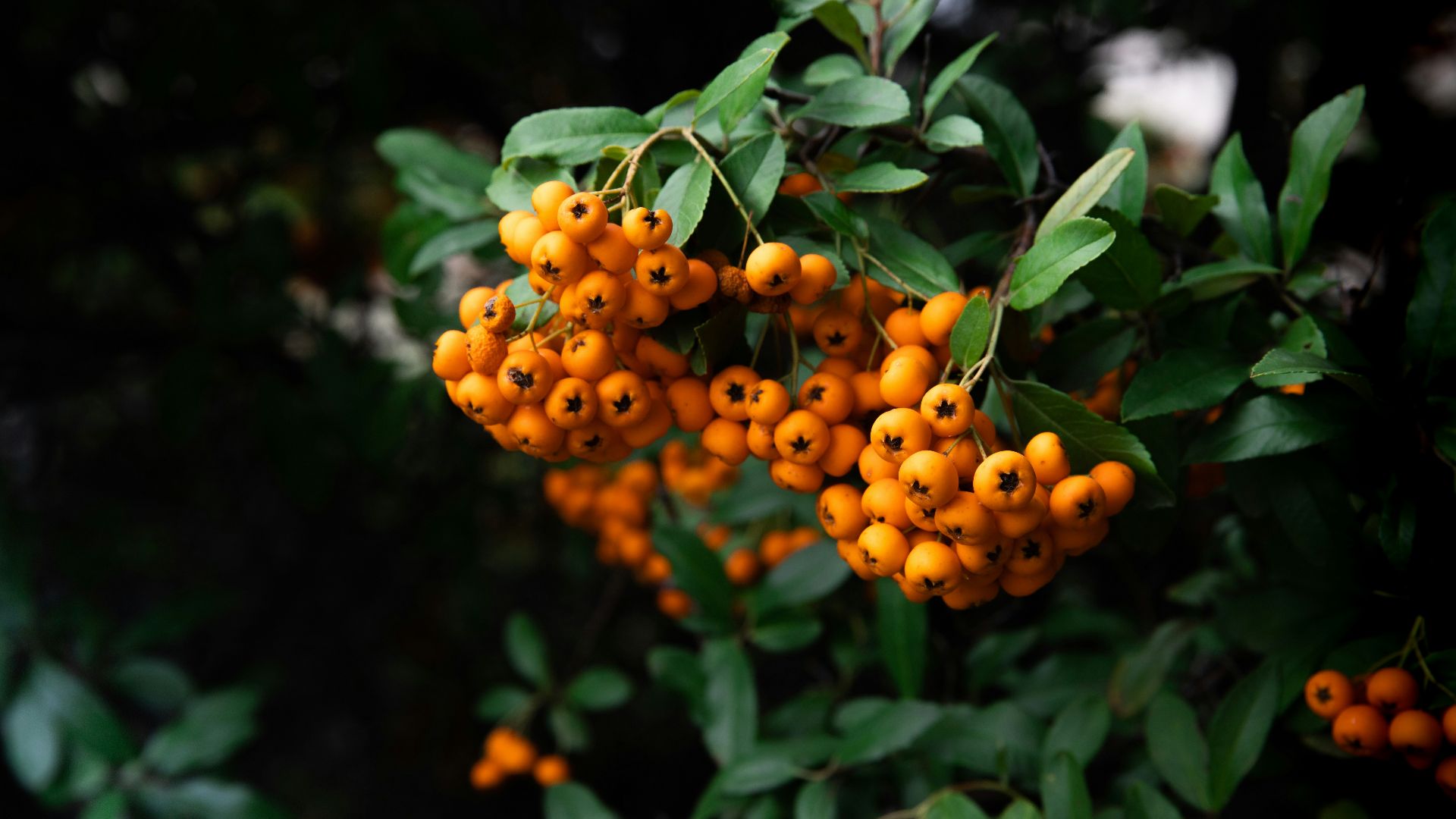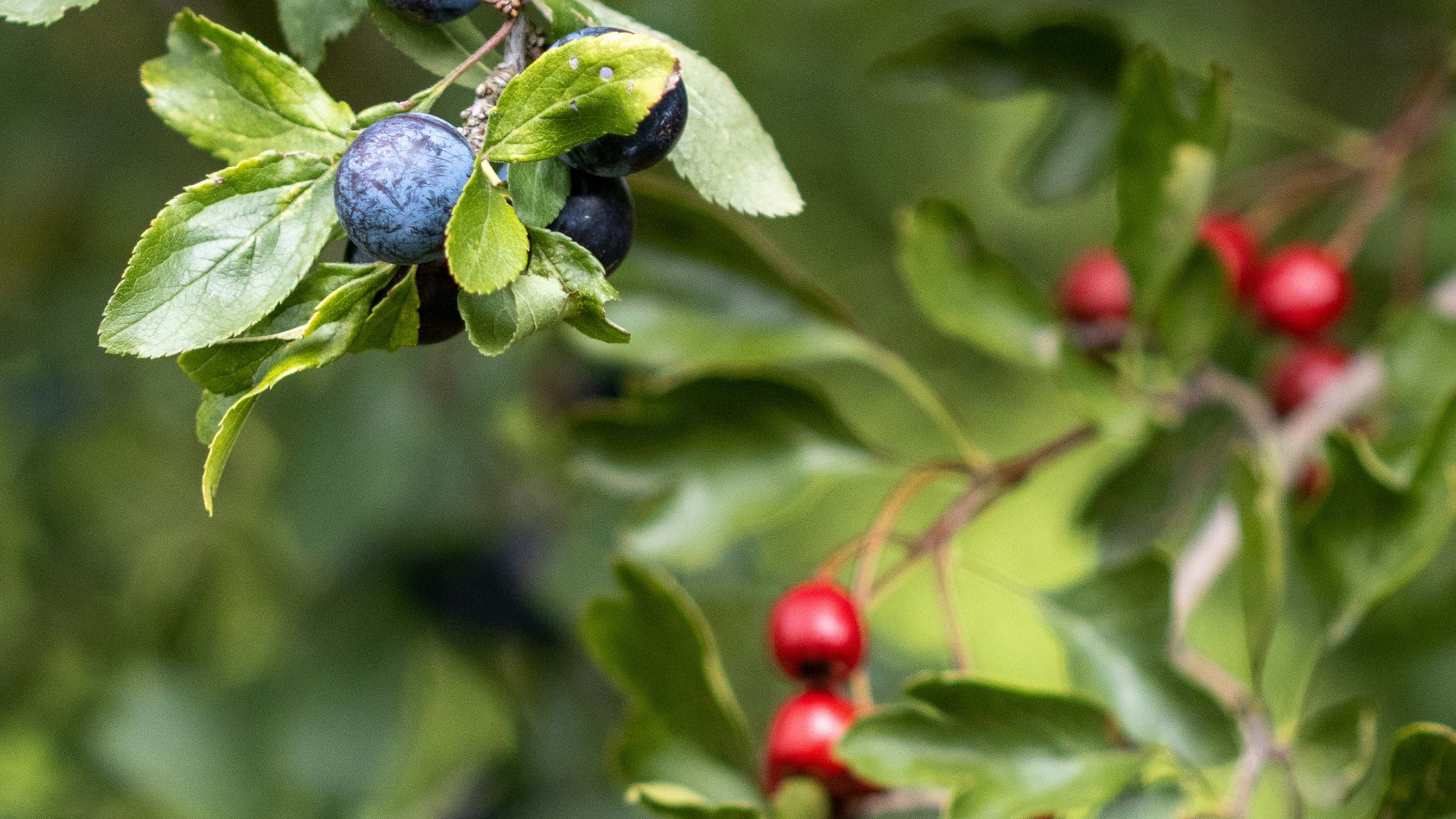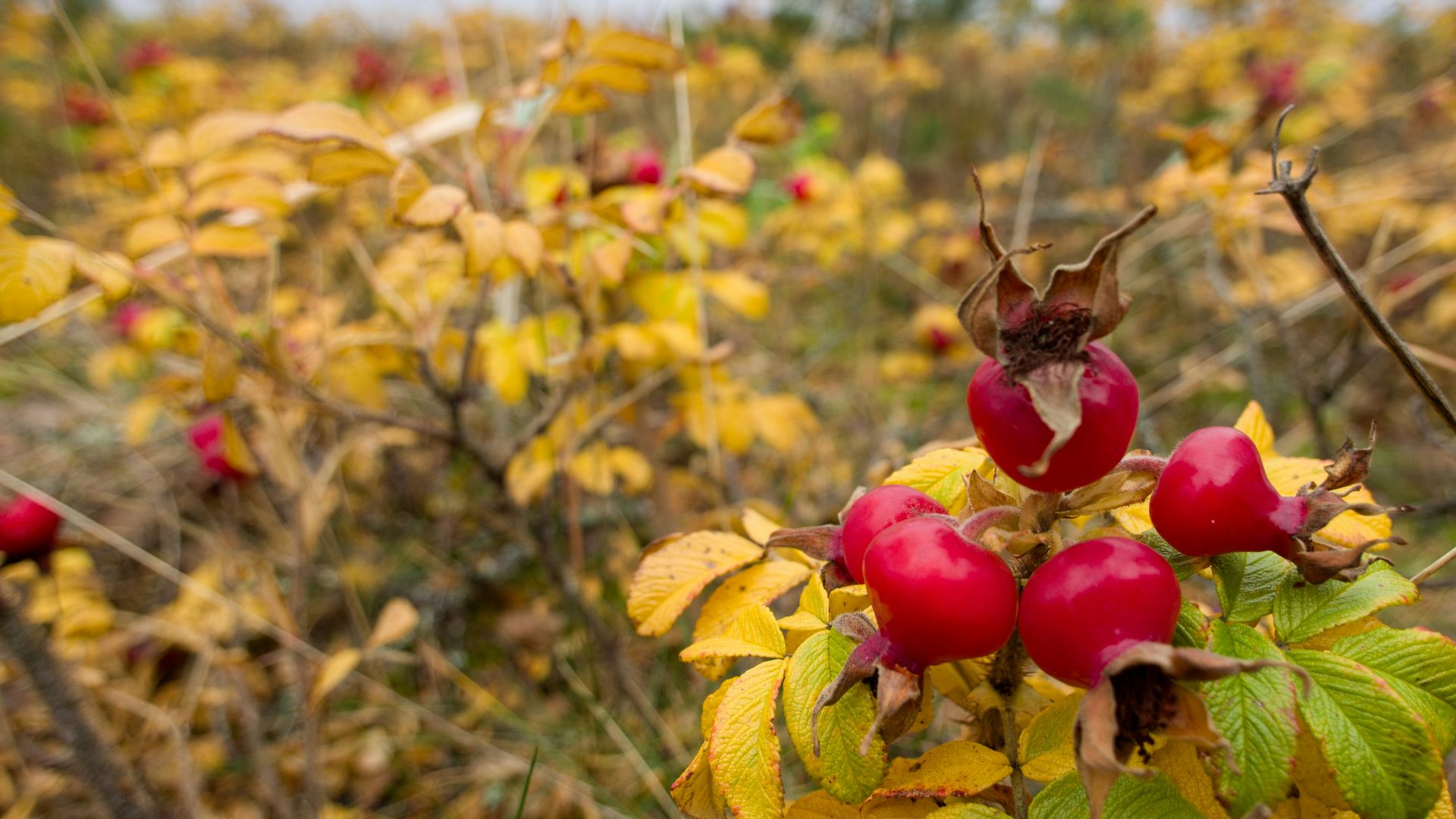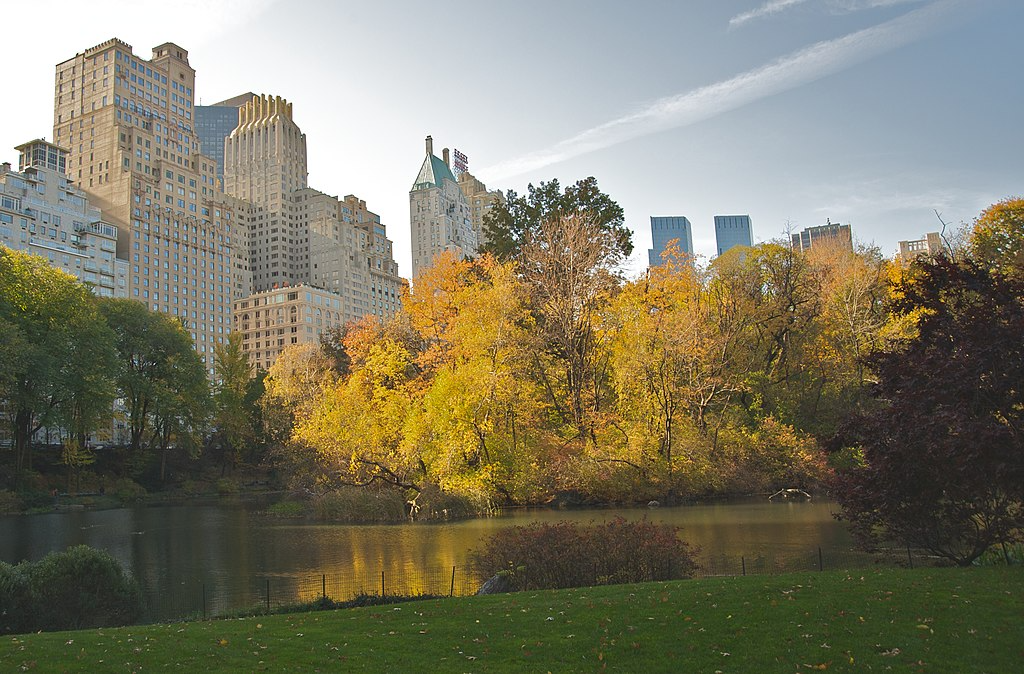Foraging for Beginners
If you ever find yourself in the wild and want to forage for wild plants you can eat, it pays to keep a few simple tips in mind first. Stay close to home if possible, but as you venture farther out, remember to never pop anything into your mouth that you're not 100% sure is safe to eat. Here are five essential tips to help you forage safely in the wild.
1. Stay Close to Home
If you can, pick from plants that border close to home, as these are the ones that are best adapted to your immediate environment. For anything that's farther out in the wild, make sure you ask an expert for help before you pick.
2. Know What's Safe to Eat
Berries and nuts are easy to identify and reach for, but as you branch out to mushrooms and other unknown species, be sure to know what's safe to eat. Do your research beforehand, and never eat something that you're not 100% sure is safe.
3. Don't Take More Than You Need
Don't be greedy when foraging in the wild. Take what you need to survive, but leave plenty behind for wildlife to thrive. If not, you may disrupt habitats and ecosystems, so always make sure to harvest sustainably.
4. Nibble First
After you've picked a wild plant, nibble it first. You want to slowly introduce it to your body, and this will help your system determine if it's something you can safely ingest in larger amounts. Remember: wild plants can be very potent, so it's important to be careful.
5. Cook When in Doubt
If you're not sure whether you can safely eat a wild plant raw, cook it before ingesting. Wild mushrooms, berries, and other species may contain natural toxins that can be tough to digest. Using high heat can neutralize these toxins and make them easier to consume.













